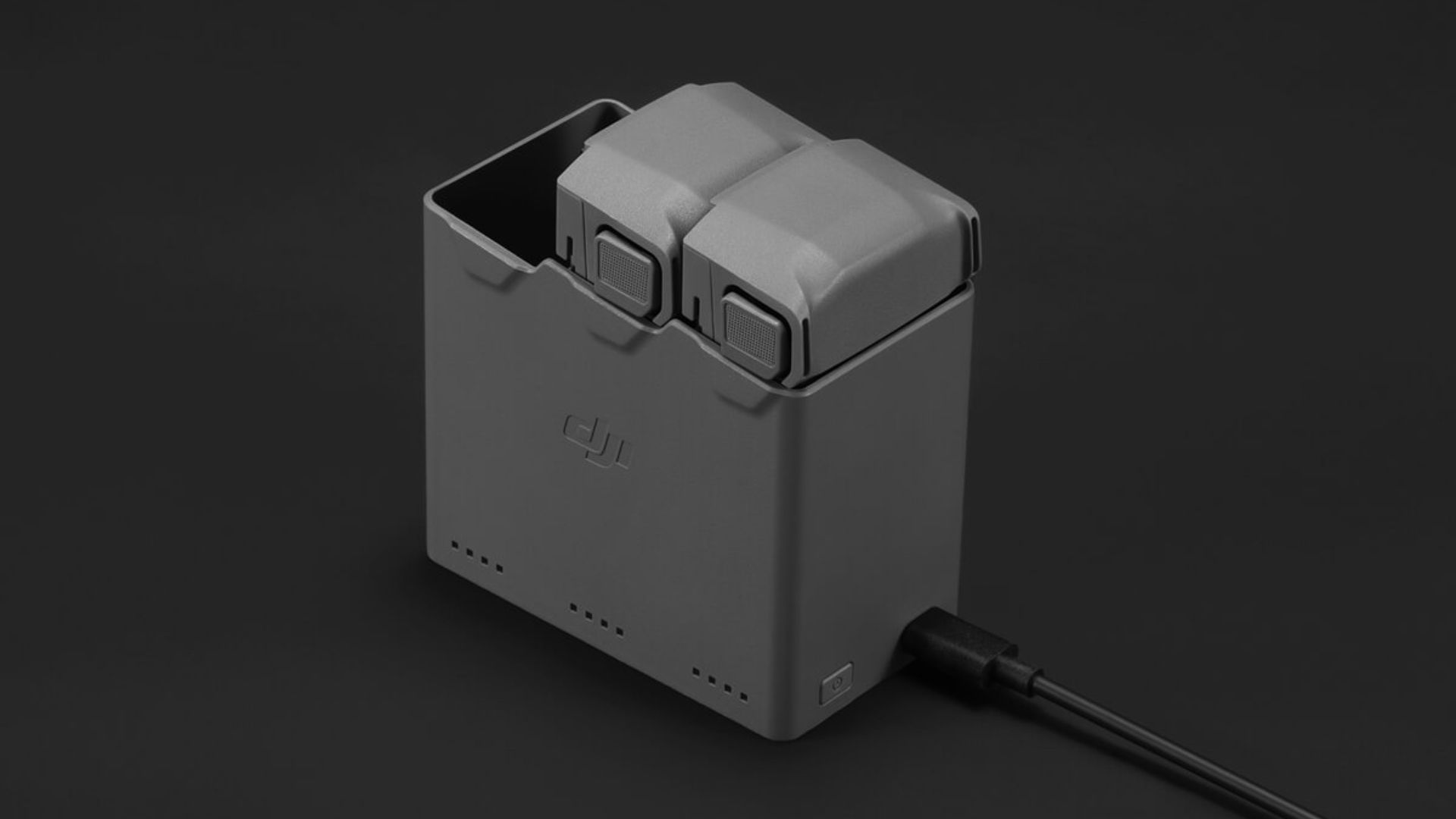
News
Drone Batteries on Airliners
Taking your drone on holiday? Here are the airline safety rules which prevent serious accidents with Li-Po drone batteries in your baggage. ... Read More
It's peak holiday time and every owner of a drone will soon or later think of taking it abroad to take their holiday movies to a whole new level. But be careful. Not only is it worth checking on the national air regulations at your holiday destination (more on that soon) but you'll need to navigate your way through the rules about batteries - especially lithium polymer ones.
A Thomson Airways Dreamliner. Credit: Manchester Evening News As any safe drone pilot knows, you have to be careful with Li-Pos. If you look after them and don't take any chances then you're more likely to have a trouble free time. Even so, because of their reputation for bursting into flames, airlines have to take them very seriously. After all some of them have even had problems with batteries fitted as standard equipment on their airliners.
So before we get into any airline regulations, you should get to know your batteries so that you know when something isn't quite right. Is there any damage? Are they bulging or puffy? Do they not hold as much charge as they used to? Are they hotter than usual after a flight?
A "yes" to any of these questions should ring alarm bells anyway but especially when you're thinking of taking them on a plane with you, your family and hundreds of other passengers and crew. Don't make false economies by buying cheap and possibly dodgy batteries too. There are strict production guidelines that manufacturers need to follow to maintain safety standards. A fire on your drone would be bad enough but imagine the consequences if it was on a holiday jet.
A Li-Po battery fire. Credit: Electric RC Aircraft Guy There are international rules about the transportation of lithium ion batteries (lithium polymer battery are included in this category) but individual countries, airlines, airports and even individual airport security companies can have different rules so, if you have any doubt about what restrictions you may face, don't assume everything will be OK. People have had batteries or even drones confiscated and, at the very least, you could find yourself being delayed at security. Also bear in mind that the rules flying out may not be the same as your return journey.
Drone batteries on planes - the rules
So, in simple terms or as simple as we can make it, here are the rules: All spares batteries not fitted to your drone should be carried in hand luggage and not checked in to the baggage hold. In theory a battery fitted to your drone could be carried in the baggage hold provided it is securely packed and the power switch is protected or disabled in some way. However our advice would be to remove all batteries from your checked in baggage and carry all of them with you onto the plane.
If a fire does happen at least it can be detected and dealt with more easily. An unlimited number of batteries may be carried in hand luggage provided they have individual capacities of 100Wh (Watt hours) or less. We'll tell you about Wh calculations in a minute. Batteries that are rated between 101Wh and 160Wh are restricted to 2 per passenger in hand luggage and need the permission of the carrier. That's what happens with higher power laptop batteries when you go through security.
No loose batteries are allowed in your checked in cases. Each lithium ion cell or battery must be individually protected so as to prevent short circuits (by putting it in original retail packaging or by otherwise insulating terminals, e.g. by taping over exposed terminals or placing each battery in a separate plastic bag or protective pouch). As an added precaution Heliguy would recommend storing them in a flame-proof Li-Po bag. Batteries and cells must be of a type which meets the requirements of each test in the UN Manual of Tests and Criteria, Part III, subsection 38.3. It may be necessary to contact the manufacturer to confirm that they have complied with this. Lithium polymer batteries with a capacity of more than 160Wh are not allowed in either carry on luggage or hold luggage.
What size are my drone batteries?
So here's how you find out the Wh of a battery. Most modern batteries will have it marked on them alongside the mAh and the nominal voltage. Some batteries however will only have the last two. Inspire 1 TB 47 battery Let's take a standard DJI Inspire 1 battery as an example. The TB47 has all three pieces of information printed on it (see photo) but if you wanted to calculate the Wh yourself then multiply the voltage by the Ah (amp hours). To get that figure you simply divide the mAh (milliamp hours) by 1000. 4500mAh = 4.5Ah X 22.2V = 99.9Wh The Inspire 1 TB48, on the other hand, is 129.96Wh which puts it into the middle of the three categories. You'd only be allowed to have two of those in your hand luggage. Inspire 1 TB 48 battery As another example a three cell battery with a 11.1V and a 5500mAh rating would work out at 5.5Ah X 11.1V = 61.05Wh. The overriding advice is to check with the airline before travelling. There may be differences between airlines which could make a difference to your packing plans.
